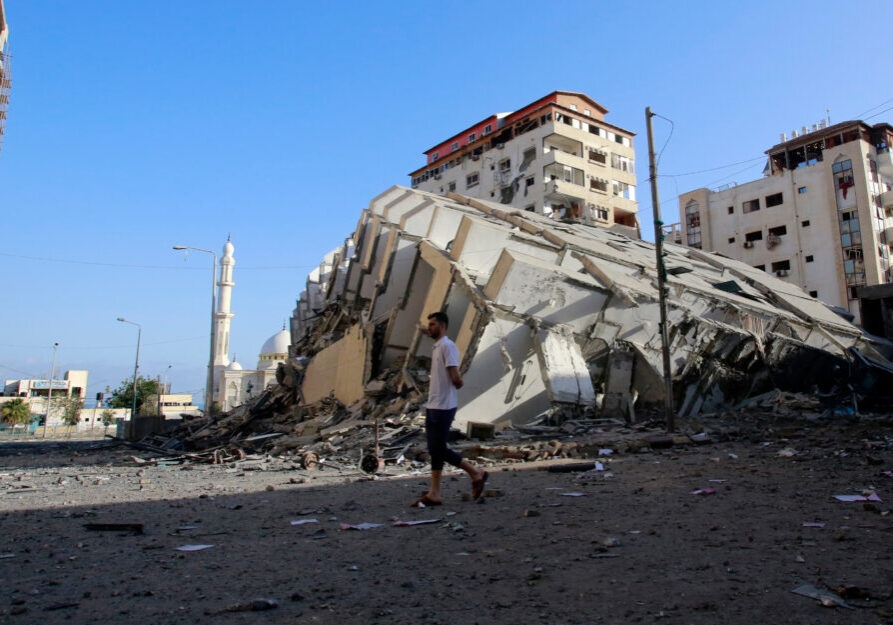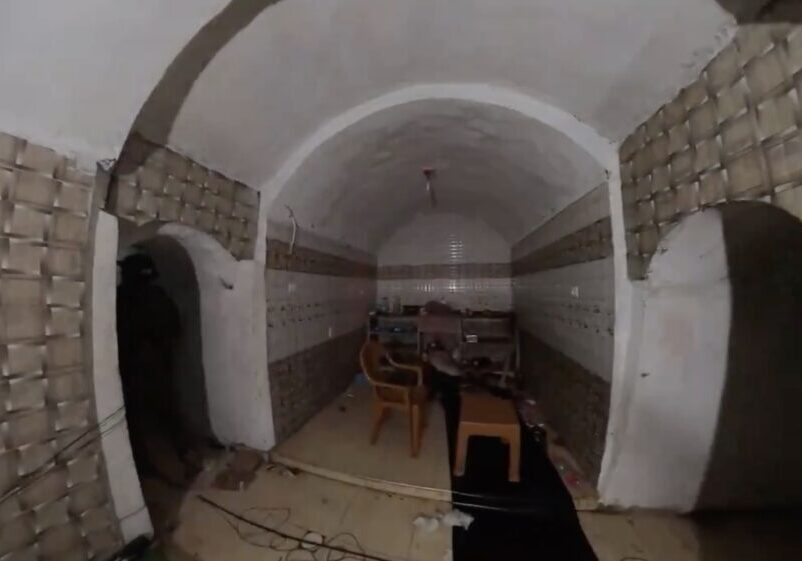Australia/Israel Review
The Money and the Message
Sep 27, 2016 | David Makovsky

Israel’s New M.O.U.
David Makovsky
On September 14, the United States and Israel signed a ten-year Memorandum of Understanding (MOU) under which Washington will provide US$38 billion in military assistance over the fiscal years 2019-2028. The new MOU extends the current one that was signed in 2007 and expires in 2018, enabling Israeli military planners to make even longer-term acquisitions and bolster their technological edge in a turbulent region. Among other things, the money will allow Israel to update its air force fleet by purchasing additional F-35 joint strike fighters.
The MOU is an important signal of American support for Israel’s security in the years ahead – in fact, the United States has no comparable arrangement with any other country. The agreement is also a message to Israel’s adversaries that Washington’s support for its ally remains uniquely deep, despite recent policy disagreements.
KEY CHANGES IN THE NEW MOU
The 2007 MOU allocated US$30 billion over the course of a decade, which translates to US$3.1 billion in foreign military financing (FMF) annually. Israel’s entire defence budget this fiscal year is US$15.5 billion, so the US assistance is approximately a fifth of what Jerusalem spends on its own military. According to a White House fact sheet, the new MOU figure is US$3.8 billion per annum, “disbursed in equal increments of US$3.3 billion in FMF and US$500 million in missile defence funding each year for the duration of the understanding.”
Yet the missile issue has led to differing interpretations of the new annual funding level. Previously, Israel asked Congress for missile funding separately; this past year, US assistance totalled US$3.7 billion when one factors in the US$600 million for missile defence. In total, Washington has provided US$1.3 billion for missile defence since 2011, covering most production costs of the Iron Dome system that was so important in preventing Israeli fatalities during the 2014 Gaza war. Once missile expenditures are separated out, some former Israeli officials question the significance of the new MOU’s increase in FMF from US$3.1 to US$3.3 billion. In a September 15 Washington Post article, for example, former Defence Minister Ehud Barak wrote that this is not an increase in “purchasing power” given the rise in weapons prices since 2007.
The Israeli Prime Minister’s Office and American officials typically respond to such arguments by explaining that US assistance levels have remained constant in the past. Other US officials have gone further, insisting that this type of counting ignores context. Specifically, they refer to the ongoing clash between the Administration and Congress over American defence spending, noting that the amount of global military assistance at the Administration’s disposal is relatively limited and that Israel’s share towers over the next recipients (Egypt is second at US$1.3 billion, Jordan third at US$300 million).
The new MOU will also phase out a provision called Off-Shore Procurement (OSP). This provision, which is not given to other states, has benefited Israel by allowing it to spend 26.3% of US military assistance in Israel (i.e., about US$815 million annually). Congress first allowed for OSP after Israel cancelled development of the Lavi fighter jet in 1987, a project that the United States opposed. Yet while the plane’s cancellation hurt Israel’s fragile defence industry at the time, the situation has changed significantly since the 1980s. Judging by its US$5.7 billion in annual exports, Israel’s defence industry is now the fifth biggest arms exporter in the world.
Under the new terms, the OSP will remain as is until fiscal year 2024, then be phased out gradually until the MOU expires.
Along with signing the MOU, Prime Minister Binyamin Netanyahu wrote a letter to Secretary of State John Kerry saying that Israel has committed to reimburse the US government if it receives more congressional assistance for FMF or missile defence in the last years of the current MOU (2017-2018). Israel also committed not to lobby Congress for additional military assistance except in the event of conflict in the Middle East; if it does seek more funds, it will have to obtain the Administration’s prior consent.
Senate Appropriations Committee member Lindsey Graham has charged that the Administration’s apparent insistence on Israeli reimbursement is designed to circumvent the congressional appropriations process.
Indeed, Congress likes to assert its authority, and other challenges to the new MOU will likely abound. For example, what if the current turbulence in Israel’s neighbourhood increases while still falling short of direct war? And if the MOU is not a treaty, will it be equally enforced by both countries when the Obama Administration leaves office in a few months? In this regard, Israel proudly insists that it has not sought to change the FMF level during the entirety of the current MOU.
IRAN NUCLEAR TRADEOFF
Last year’s Iran nuclear deal was a time of maximal political leverage for Israel, so it is natural to question the deal’s impact on the MOU. Defence Secretary Ash Carter travelled to Israel during the 2015 Iran debates, but Netanyahu pointedly refused to discuss US military assistance at that time, fearing potential perceptions that Israel was being bought off to soften its opposition to the nuclear deal.
That stance has made political waves in Israel ever since. During a speech this summer, Ehud Barak declared, “Over the next decade we will receive somewhere between US$7-10 billion less than what we could’ve secured a year ago.” Similarly, upon exiting his position as defence minister this spring, Moshe Yaalon said that Washington was offering “more” MOU money in 2015, though he did not give details. For their part, US officials say that no commitments were offered last year.
WRAPPING UP THE MOU
Both Netanyahu and Obama had an interest in concluding the MOU talks now rather than later. For Netanyahu, who will be speaking at the UN General Assembly in New York next week, signing the MOU offers some respite from Israeli media stories questioning the vitality of the bilateral relationship.
More broadly, he seems to understand that a long-term MOU signed by President Obama would enhance the perception that the relationship is bipartisan, defusing complaints that Netanyahu leaned toward the Republicans in the 2012 election, among other controversial incidents. He may also believe that locking in the MOU now is an insurance policy in the event that Donald Trump comes to power, since some believe that would introduce a measure of unpredictability to the relationship.
For Obama, signing the MOU reinforces his long-held view that support for Israeli security should be kept separate from any policy disagreements he might have with Jerusalem on other issues. The move also enables him to shore up the pro-Israel wing of the Democratic Party before the upcoming elections.
Some will no doubt speculate about whether the MOU gives Obama greater domestic political leeway to press for peace-related moves that Israelis or Palestinians oppose. Yet like Obama himself, people will likely distinguish between Israel’s long-term security needs and the diplomatic specifics of any peace initiatives he proposes.
Whatever the case, while it is easy to get lost in the new MOU’s particulars, the overall message is one of strong, long-term US support for Israel at a time of massive regional turbulence.
David Makovsky is the Ziegler Distinguished Fellow and Director of the Project on the Middle East Peace Process at The Washington Institute for Near East Policy. © Washington Institute, reprinted by permission, all rights reserved.
Tags: Israel






